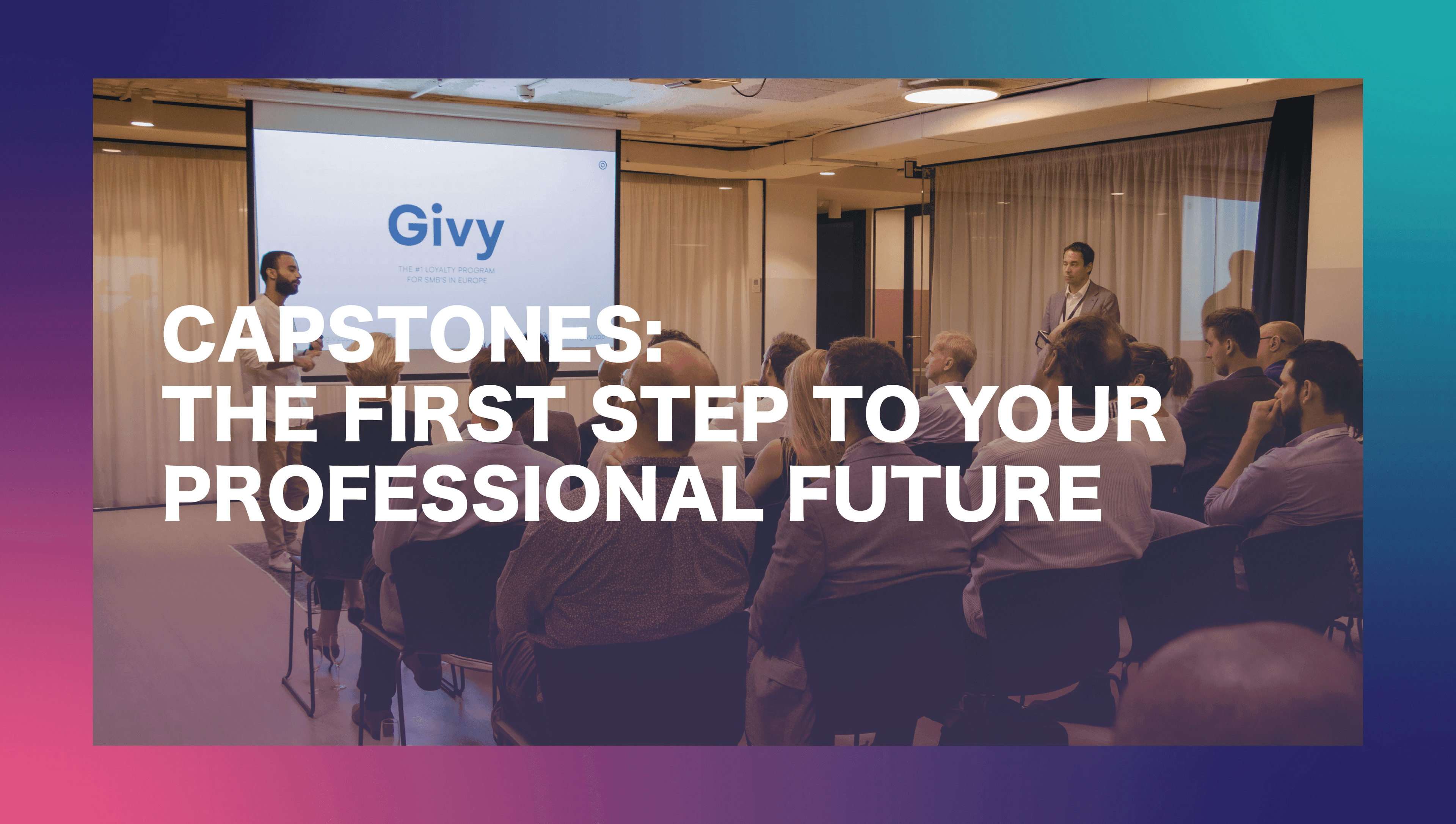Capstones the First Step to Your Professional Future
What starts here changes the world - but any kind of movement starts by changing YOUR world. As a state of the art institution for technology, entrepreneurship and design, we believe we can create change not just through our curriculum, but also through our multidisciplinary real-life project, Capstones.
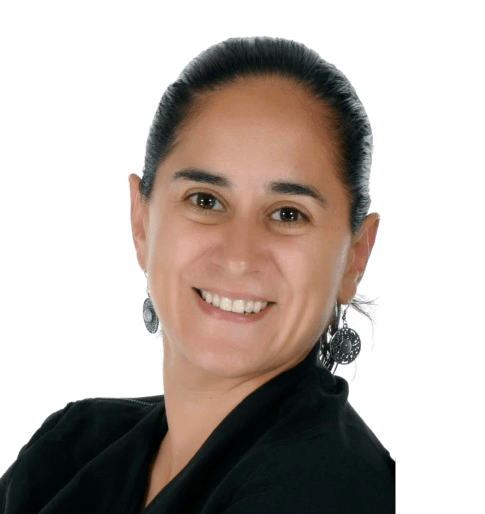
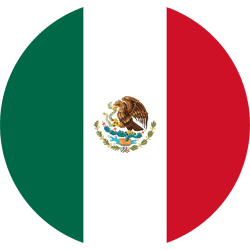
Writer at Harbour.Space University
What starts here changes the world - but any kind of movement starts by changing YOUR world. As a state of the art institution for technology, entrepreneurship and design, we believe we can create change not just through our curriculum, but also through our multidisciplinary real-life project, Capstones.
Capstones are a requirement and serve as practical work experience throughout the 15 modules in the final year of students’ time at Harbour.Space. They’re the ultimate personal and professional development tactic as they help students master technical skills and perfect interpersonal skills by applying the concepts they learn in class in a project that excites them. These projects are essential to students’ success at Harbour.Space University, but more importantly, to their future afterwards.
We understand that choosing a career path is a big deal and may take time. That’s why, depending on the degree our students pursue, they choose from one of four Capstone types; a start-up, a case-study, a portfolio, and a thesis. Each Capstone path is personalized in a way that helps students find their passion and work style. Students are given specific milestones to cover throughout the year, and they are encouraged to work with students from other disciplines to make their dreams a reality.
Capstone Types - Which Will Bring You Closer to the Future You Want?
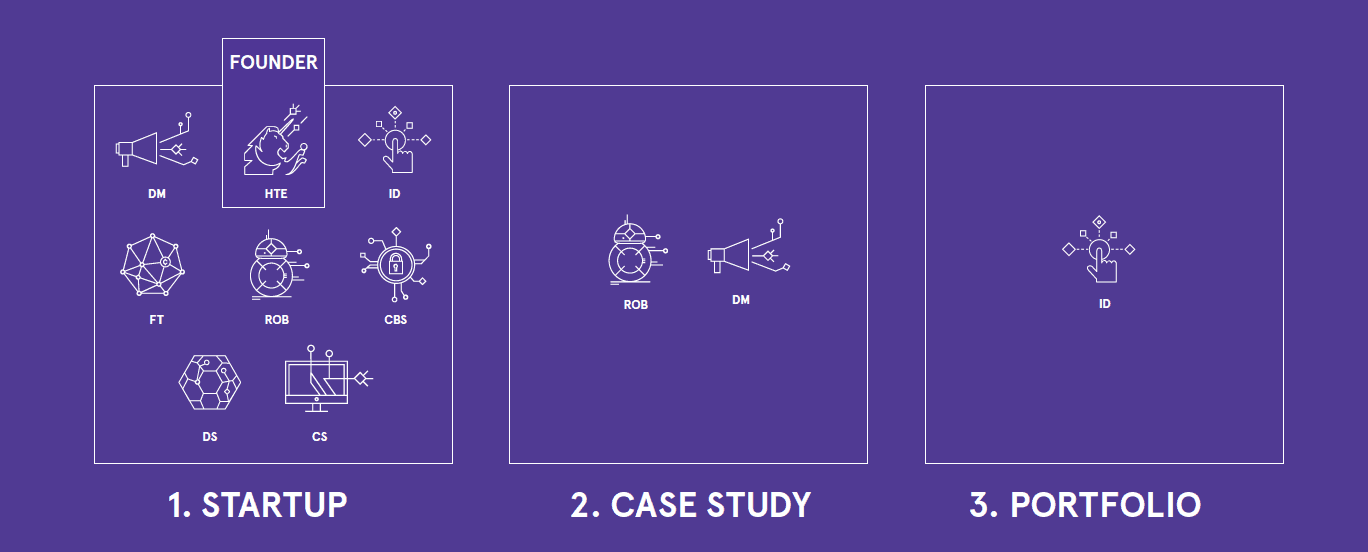
Capstone Type 1: the Startup
A startup is an entrepreneurial venture focusing on solving a real-world problem and capitalizing upon a perceived market demand by developing a viable product, service and/or platform.
For those with high ambition and courageous determination, the startup life is the dream. All students can embark on this journey by either becoming a founder and/or a dedicated team member. Not everyone has the luxury of choice however; all High-Tech Entrepreneurship students are required to be founders of a startup upon entering the university.
As High Tech Entrepreneurship Program Director Don Ritzen underlines, the best foundation for a future entrepreneur is an academic experience built around the creation and development of a company:
Startup Phases:
Phase 1: Forming a Team
The Opportunity called FinTech/InsurTech is taught by Hannes Chopra. He introduces the world of finance, FinTech, and ecosystem/platform logic and thinking. This class helps students identify, develop, and refine business ideas to remain relevant to customers. By the end of this module, students commit to a team and define roles and responsibilities for the rest of the year.
Phase 2: Developing a Business Model
Lean Startup & Customer Dev Bootcamp taught by Don Ritzen. This Bootcamp is an intensive course where students learn the essentials and practicality of starting a company. They familiarize themselves with the business model canvas and lean startup to work out the value proposition, validate ideas, and to understand how to take the next step in launching a company. The outcome of this Bootcamp is a developed business model, a ready product vision, and extensive customer research.
Phase 3: Creating a Prototype
Prototyping is essential, as the startup world moves fast. In this step, students complete additional research and customer interviews, finalize their questions for user testing and have a full prototype design.
Phase 4: Finalizing the Pitch Deck
Demo Day Bootcamp is a course designed to accumulate a year’s worth of work. During the course, students learn the essentials of fundraising and work on creating a persuasive accelerator application and presentation for investors. Students have a final investor deck as their outcome of the course.
Phase 5: Submitting the Final Result
Digital Hand-In is either the happy ending to the craziness of this journey, or just the beginning, depending on how you look at it. As the final, obligatory phase of their Capstone projects, all students are expected to finally hand in their work. This is usually in the form of an investor’s deck with any additional information they might want to include.
Bonus Step: The Investor’s Dinner!
That’s right! The top startup projects of the year are invited to a dinner where teams have the opportunity to pitch their ideas to potential investors. It just got real.
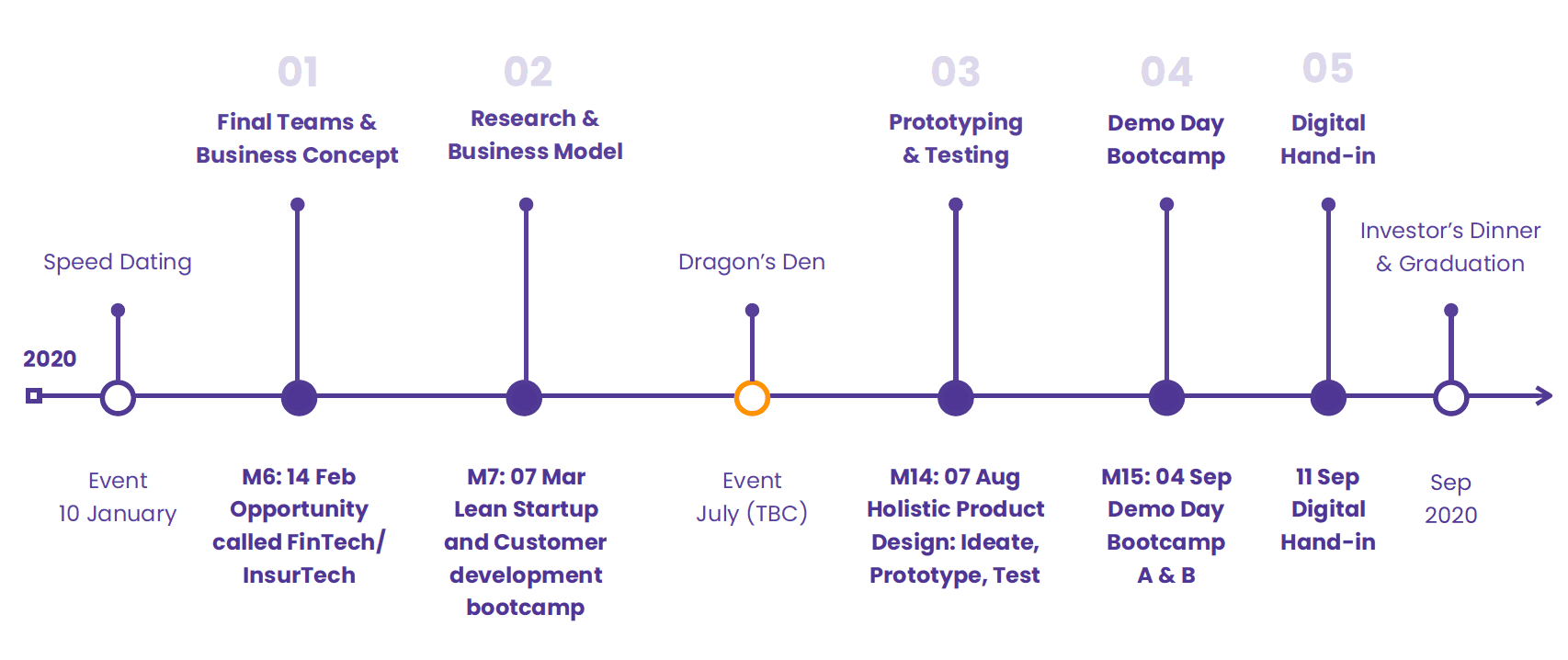
Capstone Type 2: the Case Study
A case study refers to a first-hand, in-depth analysis of a project, digital campaign product, and/or a company. The goals are to assess situations, evaluate influential factors, identify opportunities and/or recommend possible solutions and outcomes. The student's findings are based on hands-on experience in the workplace they choose to write about. The resulting study should reflect the application of the concepts seen in the classes they take. Refer to this masterpiece for inspiration.
The only two degrees eligible for this Capstone type are Robotics and Digital Marketing.
Case Study Milestones:
Milestone 1: Case Study Preparation
This is a phase of one-on-one meetings with an academic advisor to review ideas and internships for a selected topic.
Milestone 2: Internship & Topic Approval
Here, students receive approval for their topic and make sure an internship placement is secured.
Milestone 3: Rough Draft
Finalized Theory is taught by Stephanie Schwab in Module 13. To complete this milestone, students are expected to have the following ready: description of the subject/project, goals and objectives, hypothesis, implementation of strategy, KPIs and/or results of the strategy, and conclusion of findings. Don’t worry if it seems like a lot - these may be expected deliverables for this milestone, but each of these topics is covered in previous modules.
Milestone 4: Creative Execution
Enough theory - it’s time to get our hands dirty. Creative Execution takes place in module 14. This step will provide hands-on training, combining guest lectures by industry leaders and practical workshops. The expected results of this milestone consist of creative assets, a finalized strategy, and the next steps to move forward.
Milestone 5: Digital Hand-in
Digital Hand-in & Internship Report includes the finalized version of students learning from Milestone 3.
*Students are also required to hand in an internship report to get additional credits.
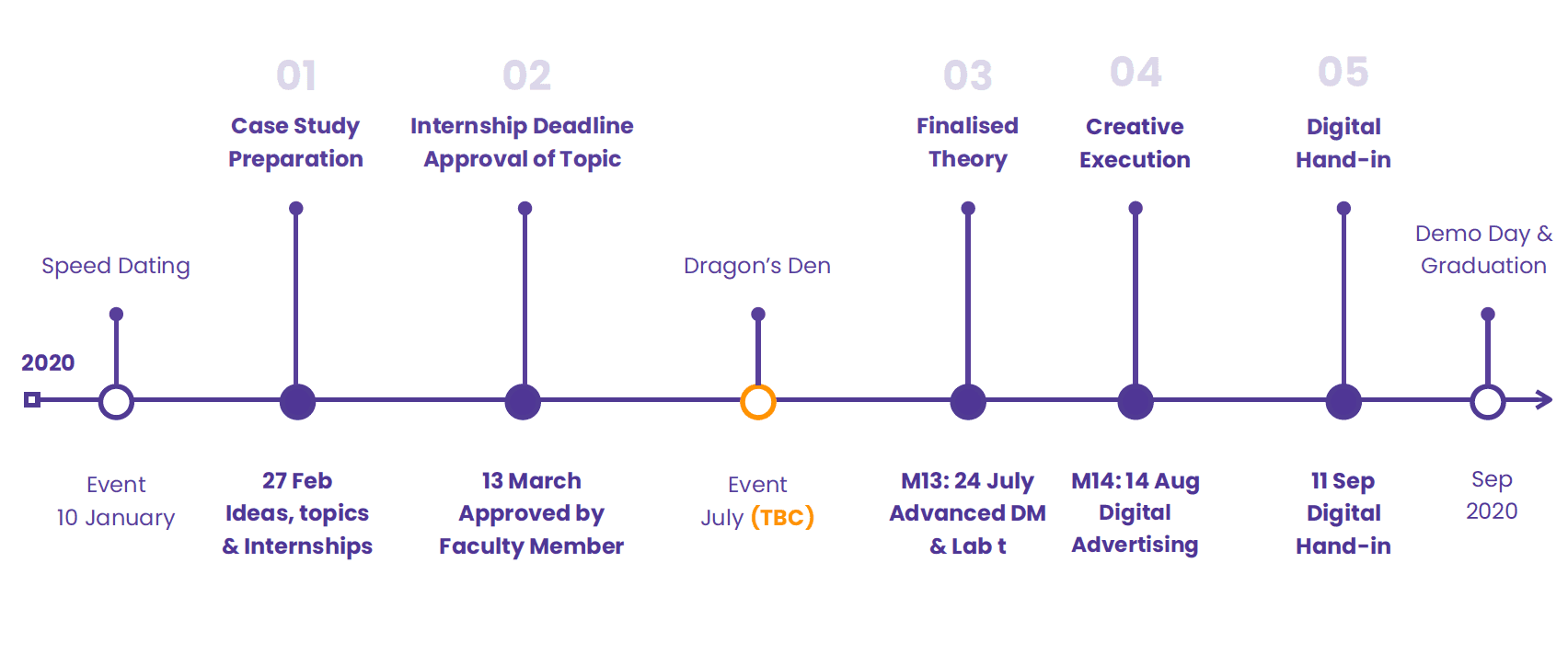
Capstone Type 3: the Digital Portfolio
Unique to Interaction Design students, a digital portfolio is the reflection of a designer’s accomplishments, skills, experiences, and unique attributes. This digital space transforms from a blank canvas into an ID student’s creative voice, where they showcase samples of their best work, along with core values, life experiences and overall achievements.
Portfolio Phases:
Phase 1: Planning
Project & Portfolio Planning is an intensive phase led by Irene Pereyra during Modules 6-8. The ID students at the end present and receive feedback for wireframes and also showcase at least two portfolio pieces.
Phase 2: Revision
Portfolio Revision of UI is led by Anton Repponen in Module 14. By the end, ID students present a portfolio for feedback around UI alone.
Phase 3: Final Presentation
Final Presentation is where the digital portfolio comes alive. This part of the capstone ID students showcases a live digital portfolio with five pieces. One portfolio piece must include a real company and/or startup, and another is a passion project.
Phase 4: Hand-in
Digital Hand-in is the completion of a live digital portfolio.
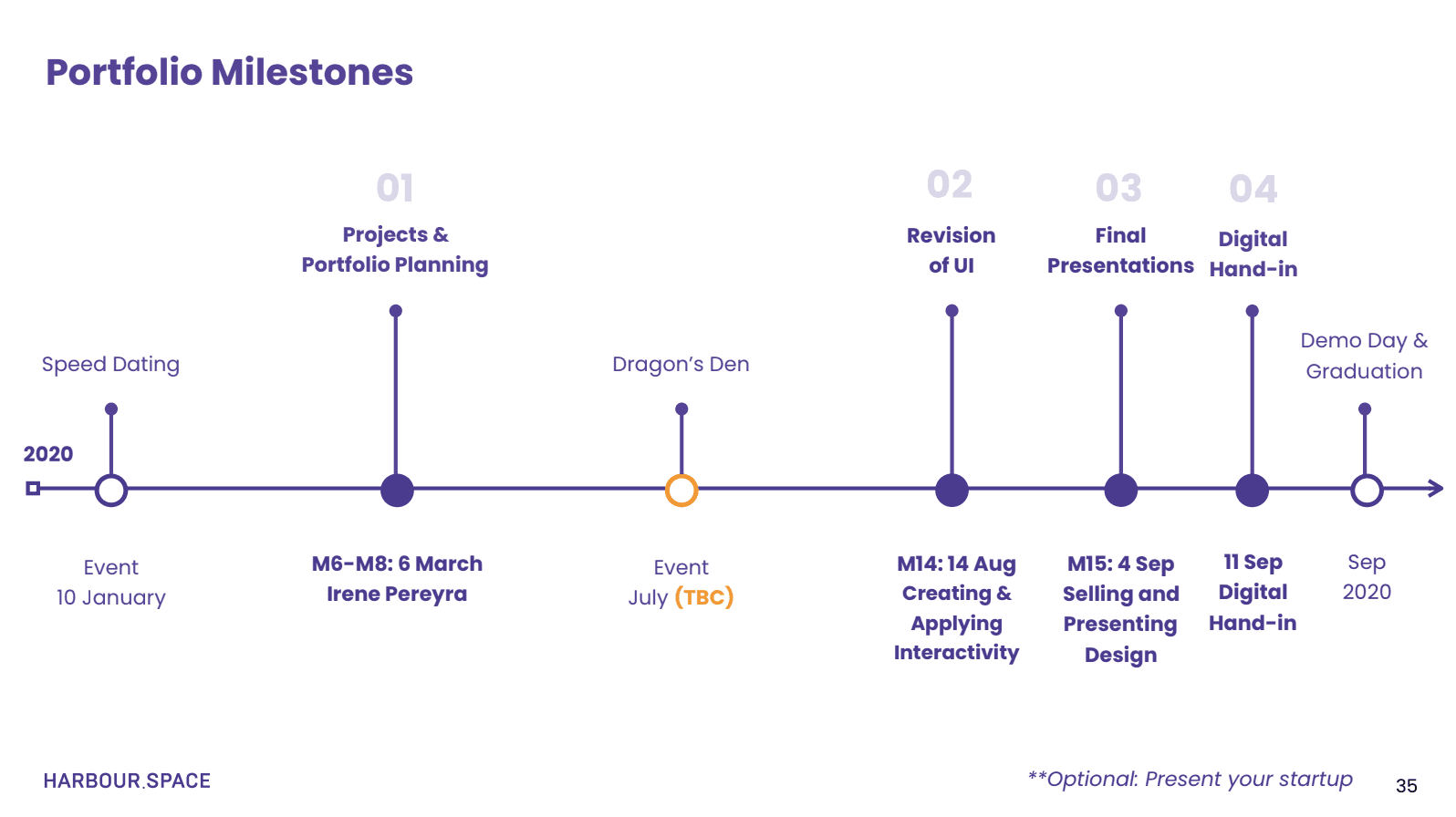
Capstone Type 4: the Thesis
Students who have a particular academic interest in a field are able to submit a thesis at the end of their studies. This option is for students who are interested in a particular topic, and want to dive into it with a premise to be proven. To their advantage, Harbour.Space presents them with new opportunities for insights and feedback every three weeks from different industry leaders. Students are encouraged to get to know teachers and ask them for resources and/or ideas. This will help students achieve each of their milestones and create a strong thesis to present at the end of the year.
Thesis Milestones:
Milestone 1: Finding a Mentor
Finding a suitable Mentor is the first step to approaching a thesis paper. This is the phase when students are required to identify and select someone with experience in their topic to support and inspire them to reach their scholarly potential. Students are encouraged to find their mentors, but if they are not able to do so, the University will assist them. They will submit regular written updates to their mentors, but will ultimately need to take responsibility for their work and processes—a mentor not affiliated with Harbour.Space will result in students presenting their work to the respective program director for review.
Milestone 2.1: The Thesis Statement
The Thesis Statement comes when the student chooses the topic they wish to build his/her thesis on for the next six months. The student's research questions will lead and guide him/her through their research and help them also choose a mentor. We recommend topics that are arguable, and that the statements are focused and specific, abundant and inspiring, original and interesting. We want students to think big and think of technology. A short description of the thesis statement will then be turned into the student's assigned Program Director and Academic Advisor.
Milestone 2.2: The Thesis Proposal
The Thesis Proposal is the student's collective gatherings over his/her selected topic. This hand-in includes the project idea, market research, helpful literature and the development plan.
They will submit this proposal to their mentor, as well as to their Program Director, Academic Director and Academic Coordinator.
Milestone 3: The Intermediate Colloquium
Intermediate Colloquium is when all thesis students have the chance to present their research, current progress, and next steps in a 10 min presentation to faculty and tech teachers. After each presentation, there's a 10 min Q&A where all people in the room can ask challenging questions and provide critical/constructive feedback.
Milestone 4: Development & Feedback
Thesis Development & Feedback takes place over the next several months when students can develop and test their theories.
- April: First full draft & feedback
- June: Alterations & feedback
- August: Final feedback
Milestone 5: Final Hand-in
Final Hand-in is the result of the student's year-long journey. This document has to be signed off by both students and mentors to present the thesis for graduation officially. During the presentation, students will showcase their research, work and findings, and will be graded by the Program Director.
The final thesis should include:
- Thesis Statement
- Literature Review
- Methods and Results
- Discussion and Analysis
- Conclusions and Recommendations
- References
- Appendices incl. all code
Overview - How Does the Process Work for Each Capstone?
Capstones are the perfect opportunity for students to apply and experiment with the knowledge and experience they acquire throughout their studies at Harbour.Space. Developing personal projects is immensely important for any profession in the disciplines offered at the university, and that’s why the process of student-driven capstones mixes with modules taught by industry leaders. The milestones for each capstone demonstrate the required courses and documents students need to fulfill and/or hand in to move onward. The pillars are set in place to build a collaborative process of feedback and support between peers and those involved. This collaboration helps develop a network of contacts, proper work processes, and an outcome of amazing projects.
By the end of the year, students have the opportunity to showcase startups, case studies, and projects they have worked on throughout the year to their friends, families and guests.
As a bonus, the top Capstone startup projects are invited to a semi-formal dinner, where founders will network and pitch ideas to potential investors looking for upcoming talent.
Conclusion
Opportunities stretch as far as creativity and dedication flow through Harbour.Space. As the protagonist, students receive real-world experience to start their career off on the right track. Taking ownership of a project, nurturing it from start to finish, and sticking to it in both the highs and lows can be one of the most important and rewarding experiences a student can have. Furthermore, it’s a huge step into a future that isn’t so far away - a large percentage of Harbour.Space graduates go on to work on big projects for clients and companies, so having experience in this respect is decisive. Most importantly however, the Capstone project is a tangible, measurable, and valuable end result that will hopefully serve as a valuable cornerstone for students in the career that awaits them.
All of Harbour.Space’s curriculum is taught by remarkable leaders in the industry. The teachers and peers will be your right hand when it comes to excelling for your future. Please take a look at our website to learn what your future could look like at Harbour.Space. Also, get in touch with us at hello@harbour.space to let us know your thoughts!
Thanks for reading
If you’re interested in further growth, take a look at our website to learn what your future could look like at Harbour.Space. Lastly, get in touch with us at hello@harbour.space to let us know your thoughts!
